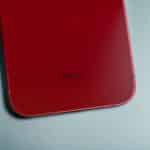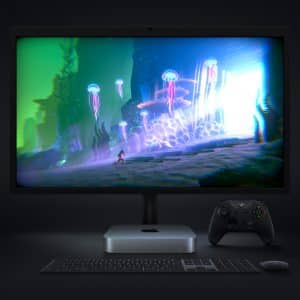We’re expecting the launch of the newest iPhone; the 13 series predicted to be later this year, with the exciting news of the reverse charging addition. Max Weinbach, one of the leakers, said that iPhone 13 will adopt stronger MagSafe magnets and could provide a much larger charging capacity, thanks to its larger charging coils. People have expected that the addition could result in better heat management, though further review needs to be taken.
This reverse charging feature has already been presented in iPhone 12 series. The current news even revealed that Apple has surprised many by offering their latest iPhone accessories, Magsafe Battery Pack. Now, the phone can charge the Magsafe Battery Pack that sold for $99 which functions as an external battery for your devices.
What we expected from the 13 series is greater charging power. It was rumored that iPhone 13 will carry a stronger array of magnets on the back designed for Magsafe technology. As for the compensation, a larger wireless charging coil can also be expected.
For now, the Magsafe magnets can charge iPhone 12 with around 15W of power. Well, we could expect something better of it in the future. It’s also likely that later series will come with Apple’s A15 Bionic Chip that uses a 5nm process that could improve several main factors of the phone. These include improved battery life, better camera both for picture and video.

People can also hope for ultra-wide lens addition, better with autofocus. This is interesting since the autofocus can be a game-changer over the 12 series, where the focus is permanently fixed. With this feature already presents in Android phones, at least it should be present in the 13 series.
The future models are also speculated to have 5G support and improved camera, as stated before. The design, however, wouldn’t take a big gap over the 12 and previous serious. 120Hz display is also expected for the Pro and Pro Max series of iPhone 13.
According to Ming-Chi Kuo, an iPhone analyst, the products will come in September, and again with the same format of four devices announced from the original, mini, Pro, and Pro Max model.
Though the specifications have mainly been mentioned, the security part seems always to be misseable. This is understandable since the security can be enhanced by the user’s capability to do it. One way is to have a VPN with you. You can hide your IP address using a top VPN that can also be used for phones, adding more layers of protection.

Why reverse charging is a big deal for Apple Devices?
For months, or even years, we’ve heard about this technology over and over again. Wireless charging has become a new, exciting method to improve a phone’s battery capacity. But if you ever think of it, how does it actually work? And why the new iPhone series is expected to have this feature?
There are two ways of phone charging, which some of you may have been familiar with: wired and wireless. Wireless charging works by transferring energy from one device to another via electromagnetic induction. We’ve heard more and more about this new technology, and some already exclaimed that this is the accurate way for charging in more modern days.
But let us say this: there’s no difference between the two. What reverse charging does is turning a phone into another power bank to charge other devices. A phone that has this feature should have a larger battery capacity. Otherwise, it won’t work. The part itself has been presented in most flagship phones created after 2019.
If compared to fast-charging with a wired system, reverse charging is not actually that important. It delivers the same amount of power as what the device is capable of. It’s minimal, and further research still needs to be done to enhance it in some kinda way. So, reverse charging should be utilized as an emergency charging option when you can’t find a power outlet nearby.

Though the fast-charging system has reached around 50W with Super VOOC from Oppo Find X, reverse charging still couldn’t get that number. We can find the maximum and most optimized one in the Qi wireless charging, which only reaches no more than 20W.
That’s the best one, and most wireless charging on the market only offer half of it. Imagine, Super VOOC can charge a 3,000 mAh battery in no more than 30 minutes, while wireless charging will do the same but in 120 minutes.
Reverse power charging also doesn’t have power standards to be met, so the amount of power delivered is still limited. For example, Mate 20 Pro can provide the output for only around 2.5 W or so, which is still not good enough for today’s market. There’s always a limit for this new technology, the source’s battery capacity.
With this technology that starts influencing one another, we hope that iPhone 13 will have much better battery capacity and more power to deliver. Since the battery is not for the phone itself but also other devices, it should be at least 5,000 to 6,000 mAh. Power delivery should also be better than what we have now.
Let’ see for the coming months, whether the new series are able to meet the satisfaction or not.











